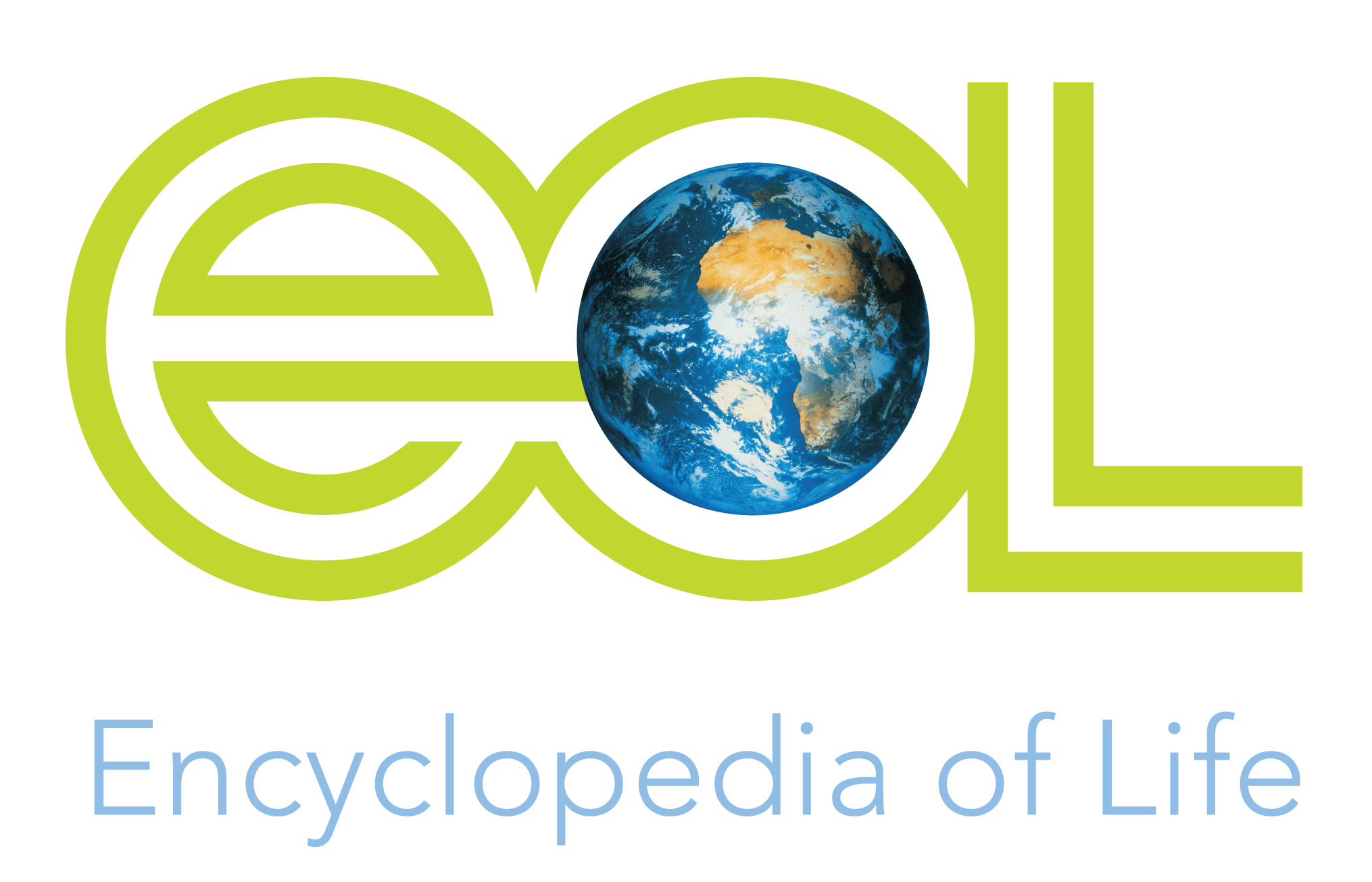diagnostics
55 cm, 3.35 kg. A robust penguin with white underparts and blue-black or slate-grey upperparts. A straight yellow eyebrow, ending in sideways projecting yellow plumes, does not meet between the eyes. The pink fleshy gape and bare pink skin continue down the underside of the lower mandible. Eyes red. Short bill (larger in males than females) reddish brown. Feet pink. Immature birds have only a narrow supercilium and a pale mottled grey chin. Juveniles are similarly marked but differ in having greyer eyes and lacking distinct crest feathers. The Southern Rockhopper Penguin differs from the Northern Rockhopper Penguin in having a narrower supercilium, shorter plumes reaching just over the black throat, and less extensive markings on the underside of the flippers at their tips (BirdLife International 2014al).
trophic
From late October, Southern Rockhopper Penguins return to their breeding colonies at Marion Island, which range from sea-level sites to cliff-tops. Males arrive at colonies for breeding several days earlier than the females (Crawford et al. 2003e, 2006). Pairs lay two eggs from late November to early December, the first egg being smaller than the second egg (Williams 1980b). The incubation period is 36-38 days (Williams 1980b) and the fledging period is about 70 days (Marchant and Higgins 1990). At most breeding sites, including the Prince Edward Islands, only one chick is fledged by each successful pair (Williams 1980b). From February to mid-March, the chicks fledge and depart the colony (Crawford et al. 2003e). After breeding, adult Southern Rockhopper Penguins go to sea to gain weight for about a month before returning to their islands to moult. They remain ashore for 20-30 days to replace all their feathers (Brown 1986), before departing for the winter period. Southern Rockhopper Penguins are opportunistic feeders, preying on a variety of crustaceans, fish and cephalopods (Crawford et al. 2003e). During the breeding seasons of 1983/84-1985/86, crustaceans, mainly the decapod shrimp Nauticaris marionis and the pelagic euphausiid Euphausia vallentini, constituted 85% by mass of the food at Marion Island (Brown and Klages 1987). Since 1994/95, N. marionis has been less important in the diet at Marion Island, whereas the euphausiid Thyssanoesa vicina has become an important prey item (Department of Environmental Affairs, unpubl. data).

